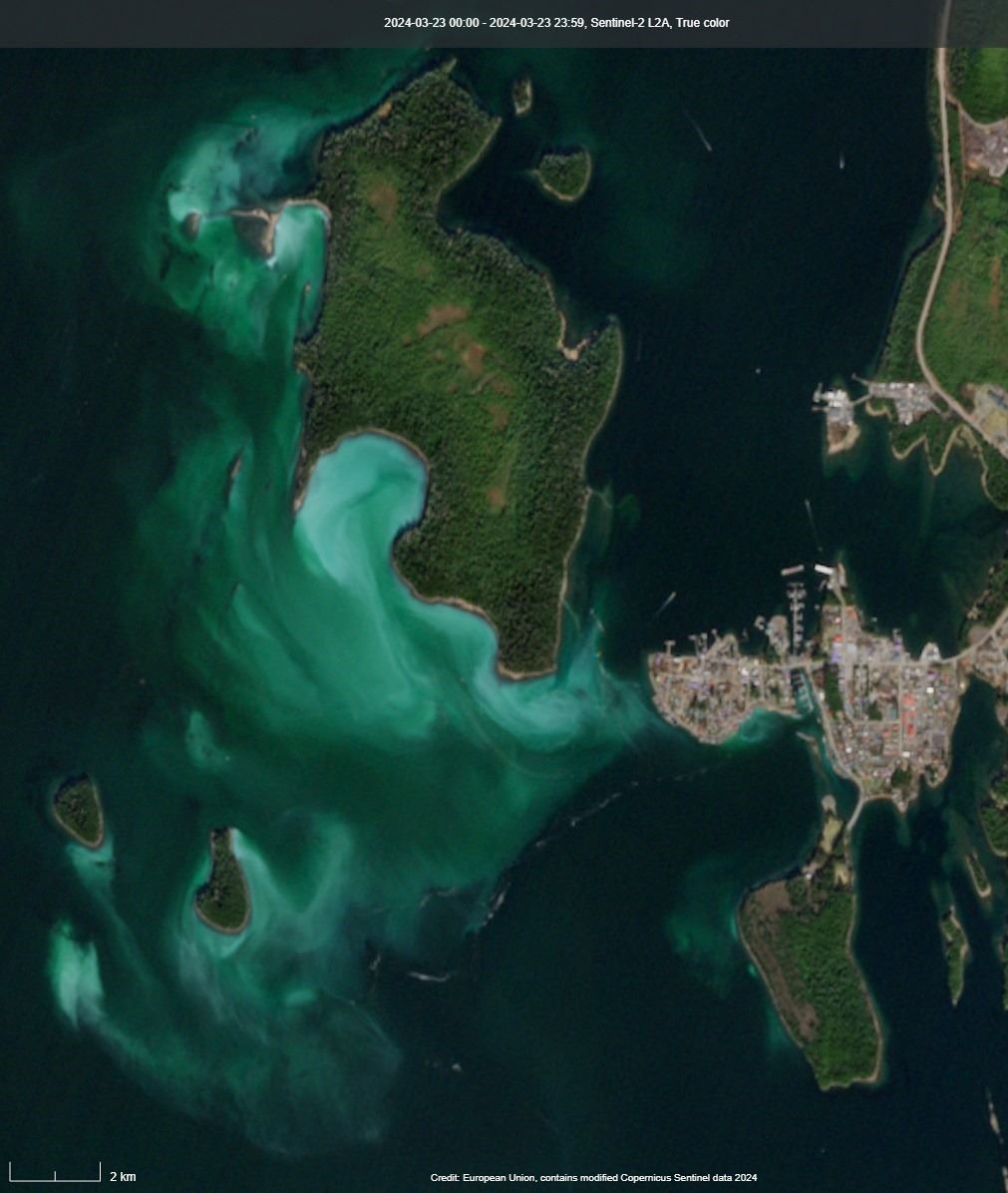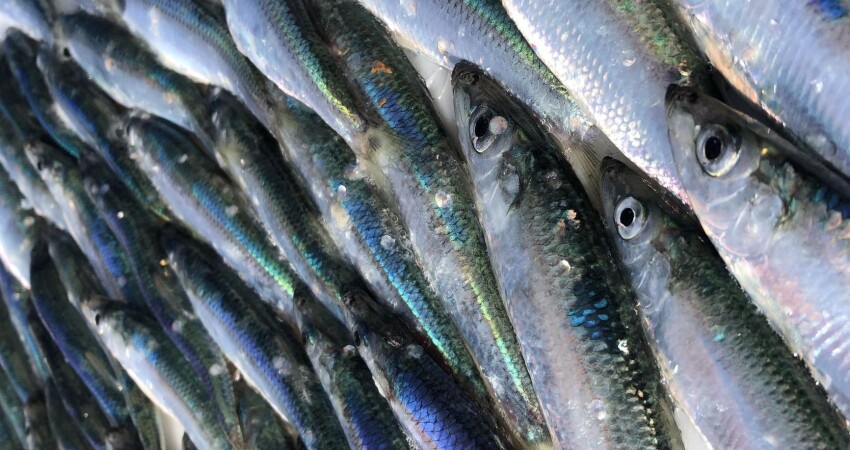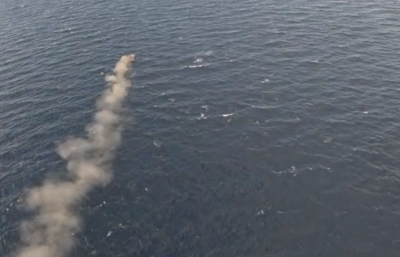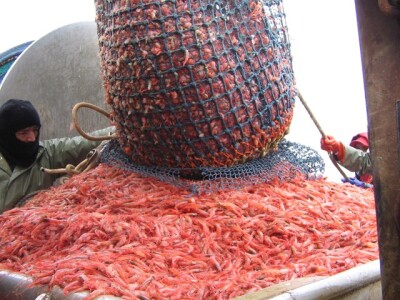The Alaska Board of Fisheries and the Alaska Commercial Fisheries Entry Commission (CFEC) have created a joint committee to recognize the need to change the regulatory system to support the herring roe fishery and benefit the seafood industry.
The value of Alaska's herring roe fisheries has declined since the 1990s. The regulatory structure was initially designed to support most of the harvest for herring roe; however, this structure must change to create higher-value markets and uses for herring.

A statement released by the Alaska Department of Fish and Game discusses the Herring Revitalization Committee and the joint efforts between the Board of Fisheries and the Commission.
The Alaska Board of Fisheries is the state’s leading entity for creating and amending fisheries for maximum value. Since the 1970s, the board has established numerous herring fisheries around the state, including historic allocations to specific uses.
The Alaska CFEC established its permitting system for herring based predominantly on seasonal fisheries and product forms such as sac roe, roe on kelp, and food and bait. The commission was originally established to limit fisheries participation partly to support commercial fishermen's economic stability.
The two authorities recognize that the regulatory system may need to adapt to support the changes in the herring fishery. In the statement, the board and commission agree to establish a joint committee on herring revitalization statewide to understand current and potential markets better and review potential regulator changes to facilitate those markets.
The statement also said that the committee will meet at least once in the spring of 2024 to execute its charge, review industry and public nominations, and determine research needs for future meetings as needed. They hope to meet at least three times by January 2025 to conclude the work and further hope that final products may include assessments of current and potential markets and regulatory options for change to complement the potential markets.
Two board members, a CFEC commissioner, a regionally diverse representation of public members, inclusions of commercial and subsistence harvesters, and the processing sector, will all be part of the membership. The committee will seek assistance from the Department of Law, the Alaska Seafood Marketing Institute, and the Department of Fish and Game. Finally, the statement shared that both agencies will handle travel costs, with CFEC handling costs associated with special guests and meeting facility costs. Industry participants are expected to cover their own expenses.







